Hembury Fort - Honiton, Devon (original) (raw)
Hembury Fort launch event
New Owners announce purchase of Hembury Fort
Devon Archaeological Society completed the purchase of Hembury Fort in September 2022. The purchase was funded by a grant from Historic England, funds from DAS and donations from individual Trustees and members of the Society. A press event to announce the purchase was held at Hembury Fort on 17 March 2023. Representatives of DAS and Historic England met with the former owner, neighbours of Hembury, Tiverton & Honiton MP Richard Foord, members of the Blackdown Hills AONB team and local parish councillors to celebrate the purchase.
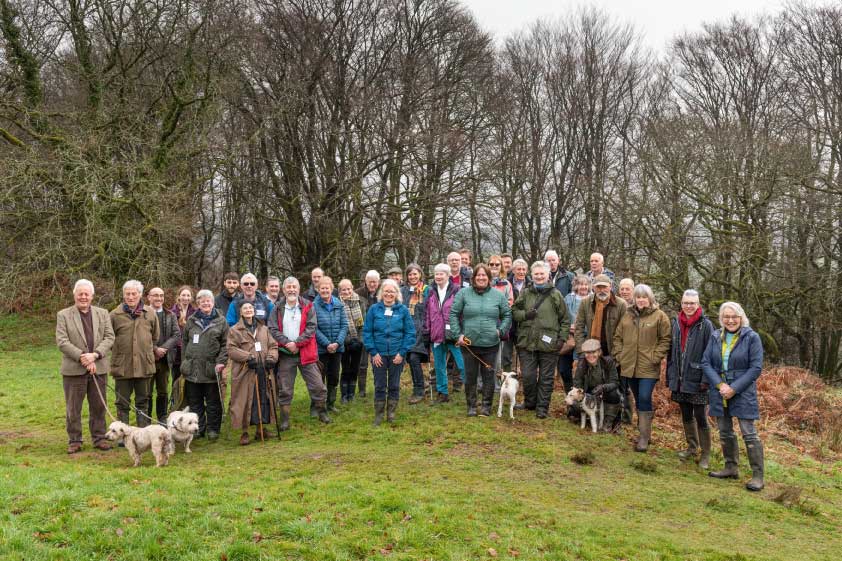
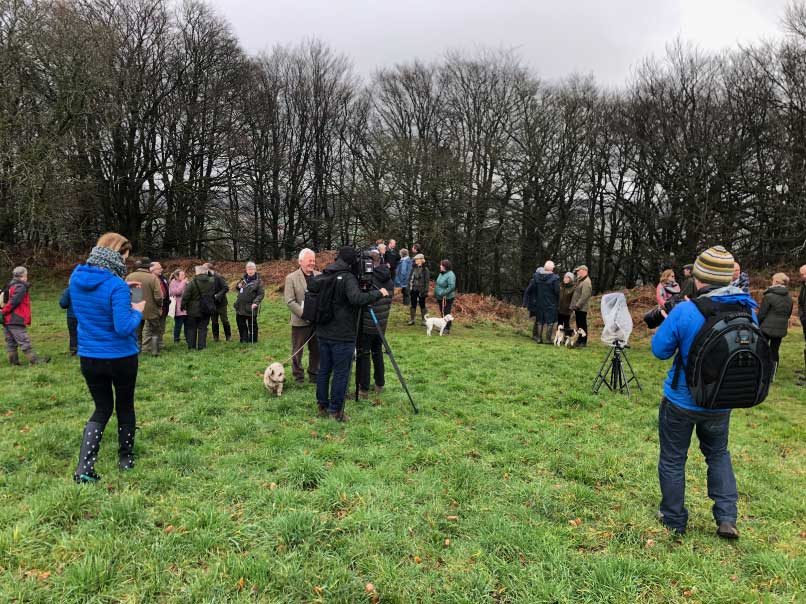
Image Gallery
The gallery contains links to two videos about Hembury by Chris Champman and a large number of images taken during Miss Dorothy Lidell's excavations between 1930-35. There is also an aerial photograph take in 1947 by the Royal Air Force 58 Squadron.
SEASONAL Works

Devon Archaeological Society will continue to carry out the very good programme of site maintenance and clearance put in hand by the previous owner, to ensure the monument's long-term wellbeing. You will see us or our contractors on the hill from time to time looking after the monument. Please be assured we are also taking good care of the hilltop's important nature conservation aspects in consultation with the Devon Wildlife Trust.
Hembury Fort on Radio 4's
Open Country

Don't miss the chance to listen to this episode of Open Country about the Tale Valley from BBC Radio 4. There's some very interesting facts about Hembury Fort and its surrounding area that you might
never have had the opportunity to hear about.
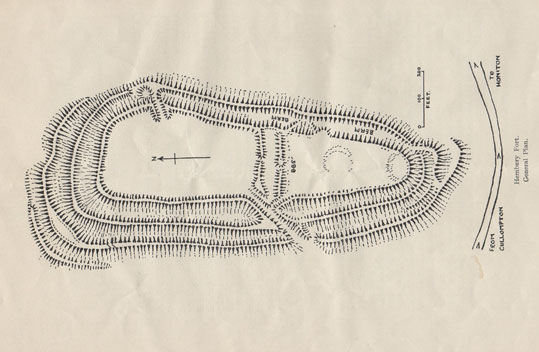
site history
Hembury fort stands at the end of a spur projecting boldly southward from the main plateau of the Blackdown Hills. It is defended and protected on three sides by steep natural slopes, leaving only a narrow neck of level land on the north. The earthworks you see today date from the Iron Age, but the hilltop was first occupied during the Neolithic when a causewayed enclosure was constructed (c. 3500BC). After the Iron Age, the hilltop was briefly occupied by the Roman military. Its location was almost certainly chosen for its natural defensive qualities and the views across the Otter Valley.
Hill forts are found across Britain and western and northern Europe. Some are of a simple form, others were surrounded by multiple circuits of large banks and ditches, some of which remain complex and elaborate. Other good examples of hill forts include Maiden Castle and Hambledon Hill, both in Dorset.
hls
Higher Level Stewardship
Hembury Fort is the subject of an HLS agreement negotiated by the previous owner. The primary aim of the project is to reduce the risk to the Scheduled Monument; to reverse the current declining condition trend leading eventually to a monument that is at low risk and in a stable condition. Due consideration of other factors including biodiversity, public access and landscape value should be incorporated at all times.
What is crucial to the plan is that it recognises all of the interests across the site – the archaeology, biodiversity, scrub and trees, and seeks to integrate the conservation and enhancement of all these interests throughout the management process.
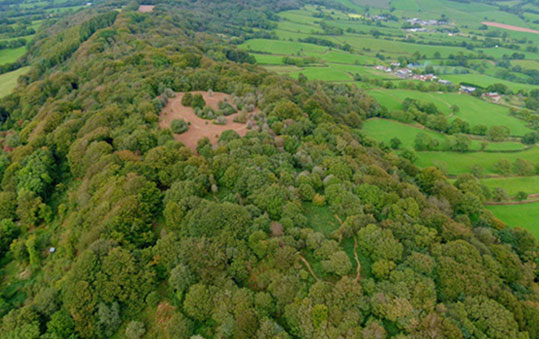
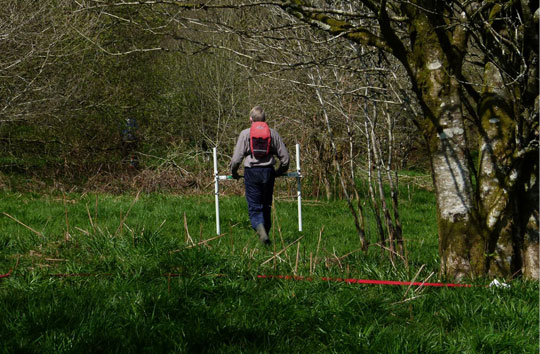
archaeology
There have been two archaeological excavations, one in the early 1930s by Miss Dorothy Liddell and the other in the early 1980s by Malcolm Todd. The digs provided evidence of Iron Age usage and Todd's later excavations showed evidence of a Roman military presence. Many of the artefacts found during these digs are on display at the Royal Albert Memorial Museum in Exeter, where there is a section on the Hemburyware Gabbro pottery and other items found.
More recently there have been geophysical surveys carried out by Bournemouth University in preparation for more extensive survey at a later date.
We also are aiming to link up with Exeter's Royal Albert Memorial Museum, to showing you some of the artefacts found at Hembury during past excavations and what the museum have on display and in their archives.